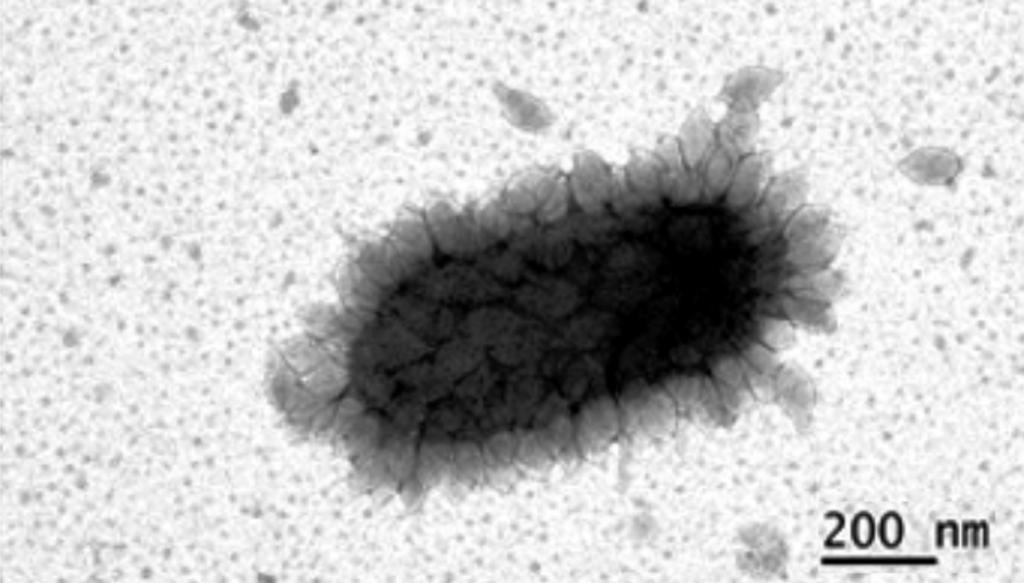Astrobiology Colloquium: Ammonia Oxidizing Archaea Survival Mechanisms in Low-Nutrient Environments

Presenter: Drew Gorman-Lewis (University of Washington) When: December 3, 3PM PST
The ammonia-oxidizing archaeon (AOA) Nitrosopumilus maritimus strain SCM1 (N. maritimus strain SCM1), a representative of the Thaumarchaeota archaeal phylum, can sustain high specific rates of ammonia-oxidation at ammonia concentrations too low to sustain metabolism by ammonia-oxidizing bacteria (AOB). One structural and biochemical difference between N. maritimus and AOB that might be related to the adaptation of N. maritimus to low nutrient conditions is the cell surface.
A proteinaceous surface layer (S-layer) comprises the outermost boundary of the N. maritimus cell envelope, as opposed to the lipopolysaccharide coat of Gram-negative AOB. In this work, we characterized the surface of two archaea having an S-layer with that of four-representative AOB with chemical techniques to evaluate differences in surface reactivities. Since these alternative boundary layers mediate interaction with the local external environment, these data provide the basis for further comparisons of surface reactivity toward essential nutrients.
How to Participate in this Virtual Seminar
To join using a web browser:
The slides and audio/video for this meeting will be presented using Adobe Connect. To join the meeting, connect to: http://connect.arc.nasa.gov/uwseminar
If you are having problems connecting, you can try joining http://connect.arc.nasa.gov/uwseminar/?launcher=false, rebooting your computer, or try joining from another network.
To join using a videoconferencing system:
Please RSVP to Mike Toillion ([email protected]) ONLY if you will be joining by videoconference.
To view the slides, connect to http://connect.arc.nasa.gov/uwseminar
Presented by the Virtual Planetary Laboratory, a member of the NASA Astrobiology Institute.
You are receiving this announcement because you are either an NAI team member (current or former) or have subscribed to the NAI Newsletter. If you would like to unsubscribe to this mailing list, please contact Mike Toillion ([email protected]).








